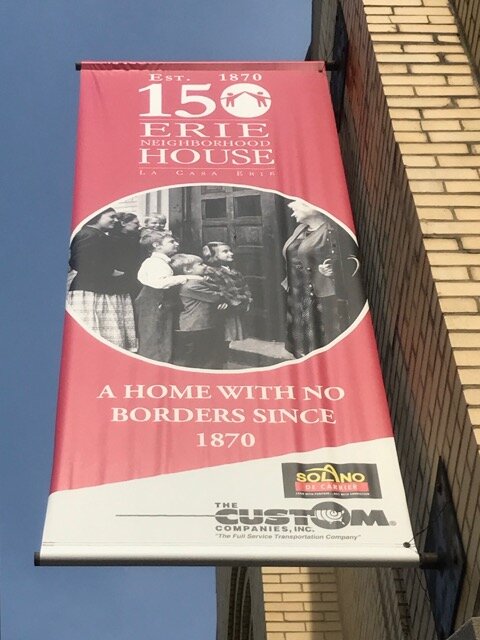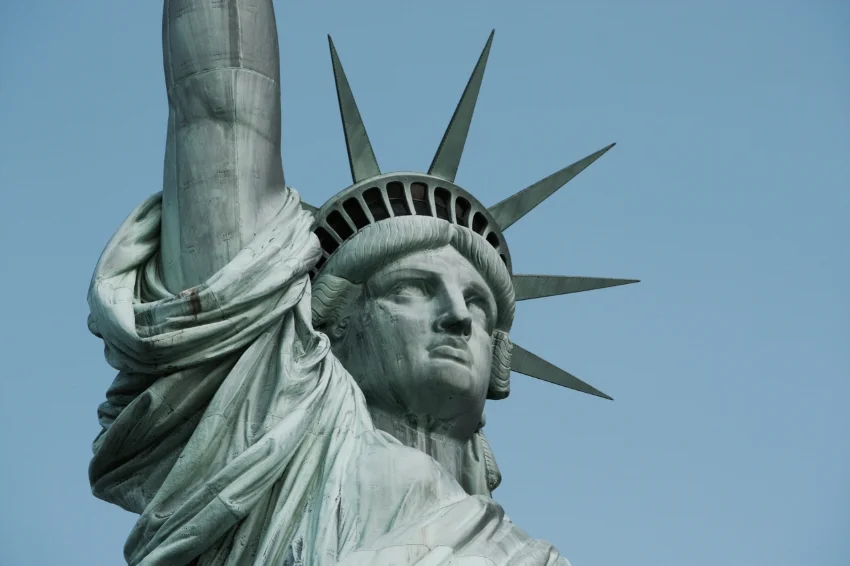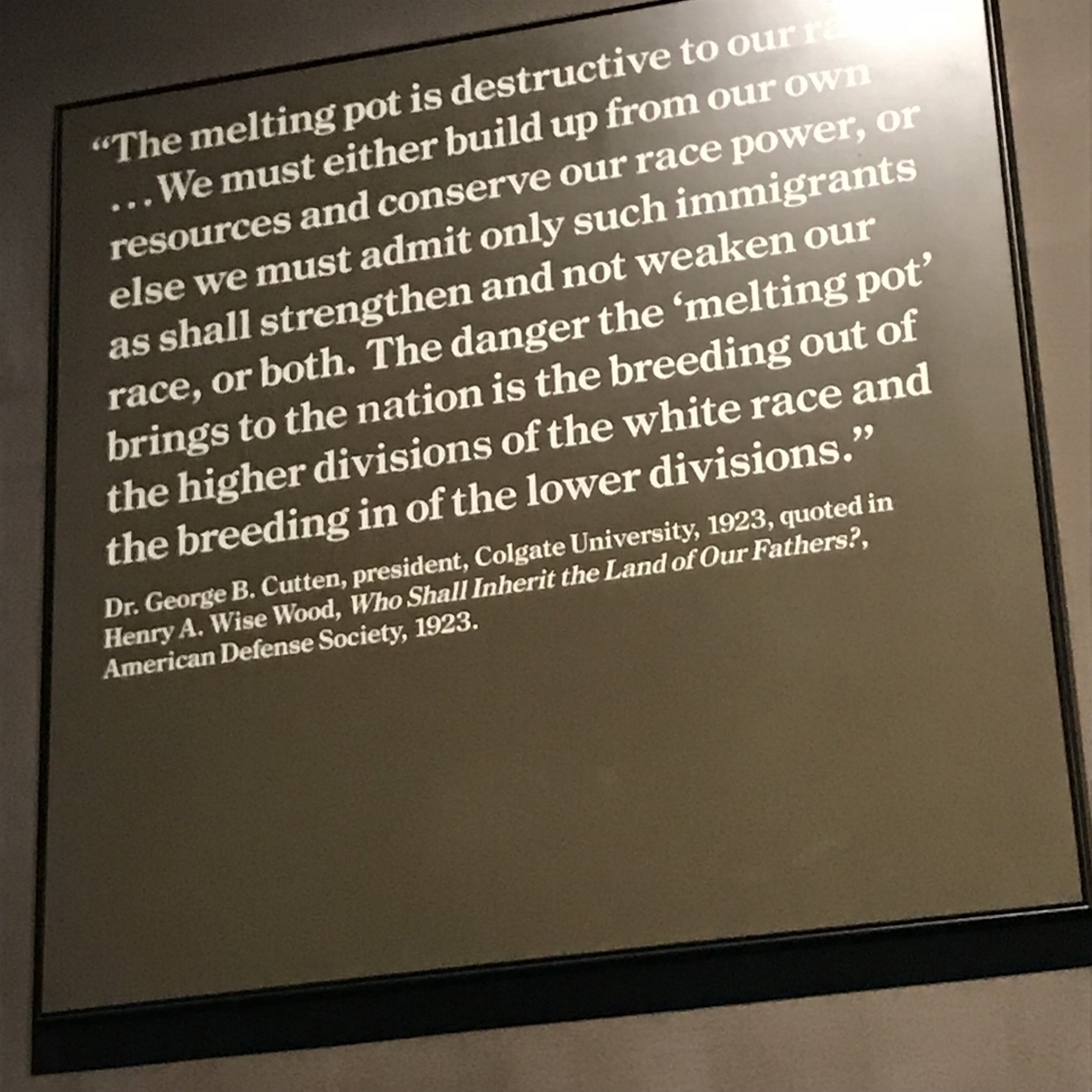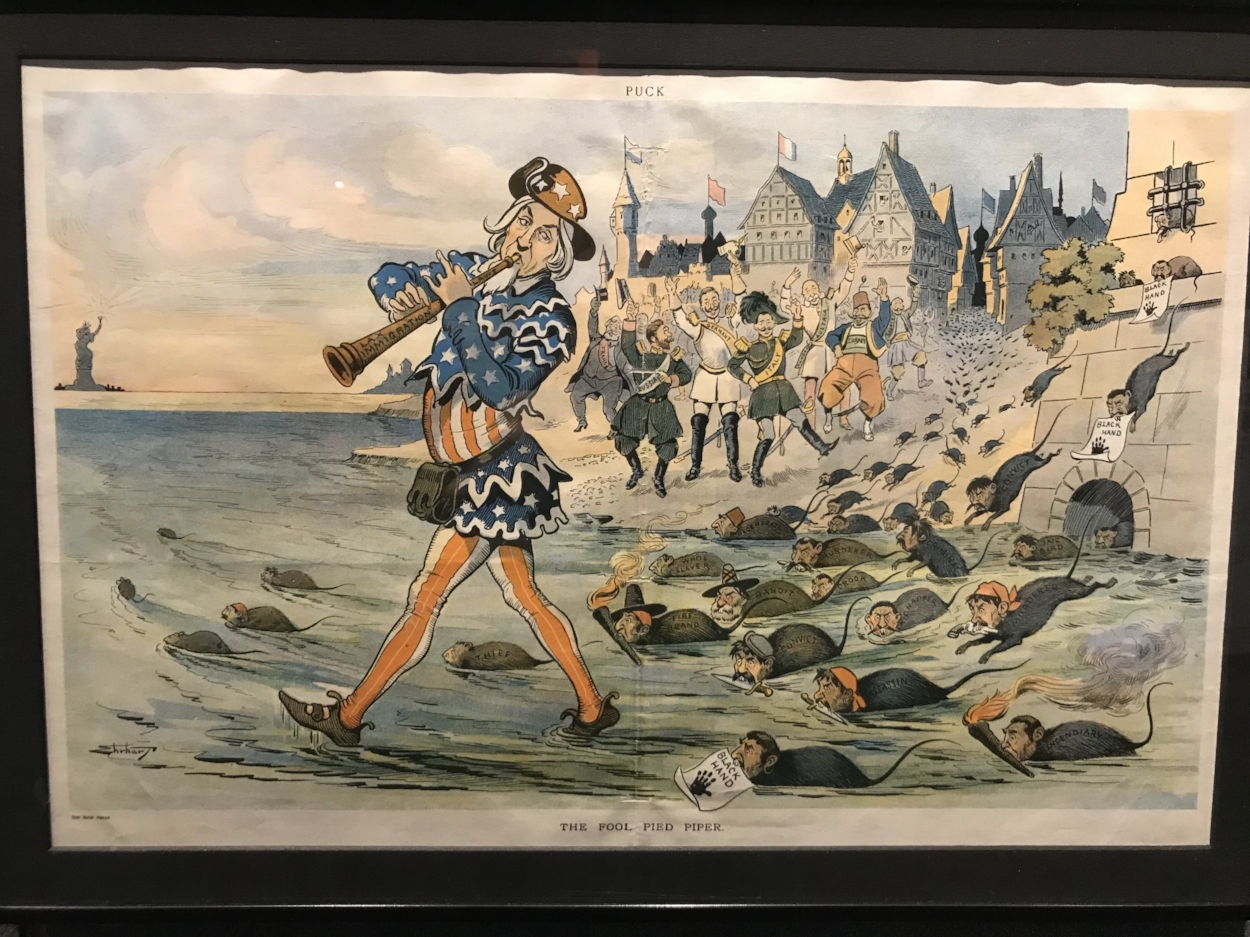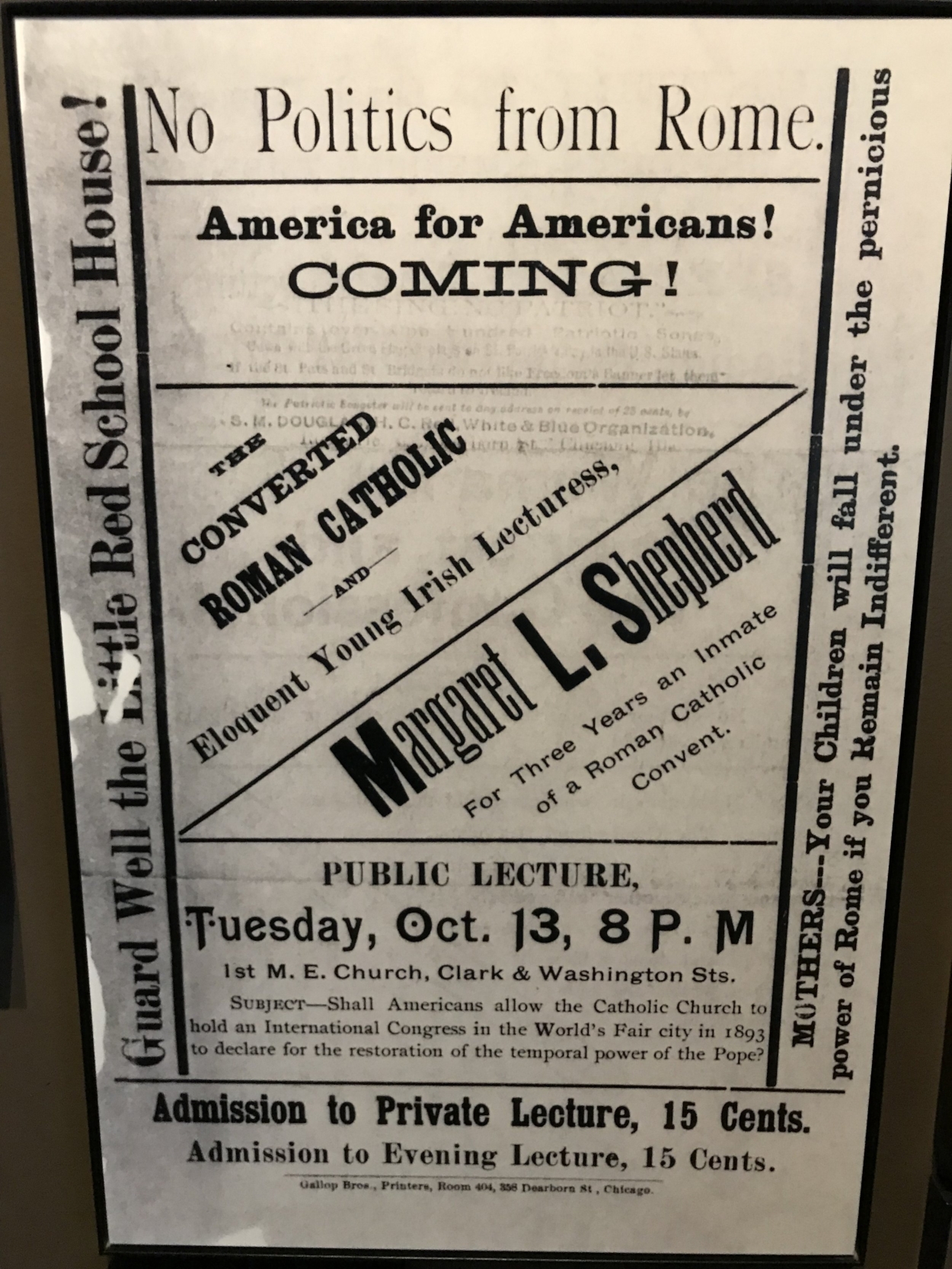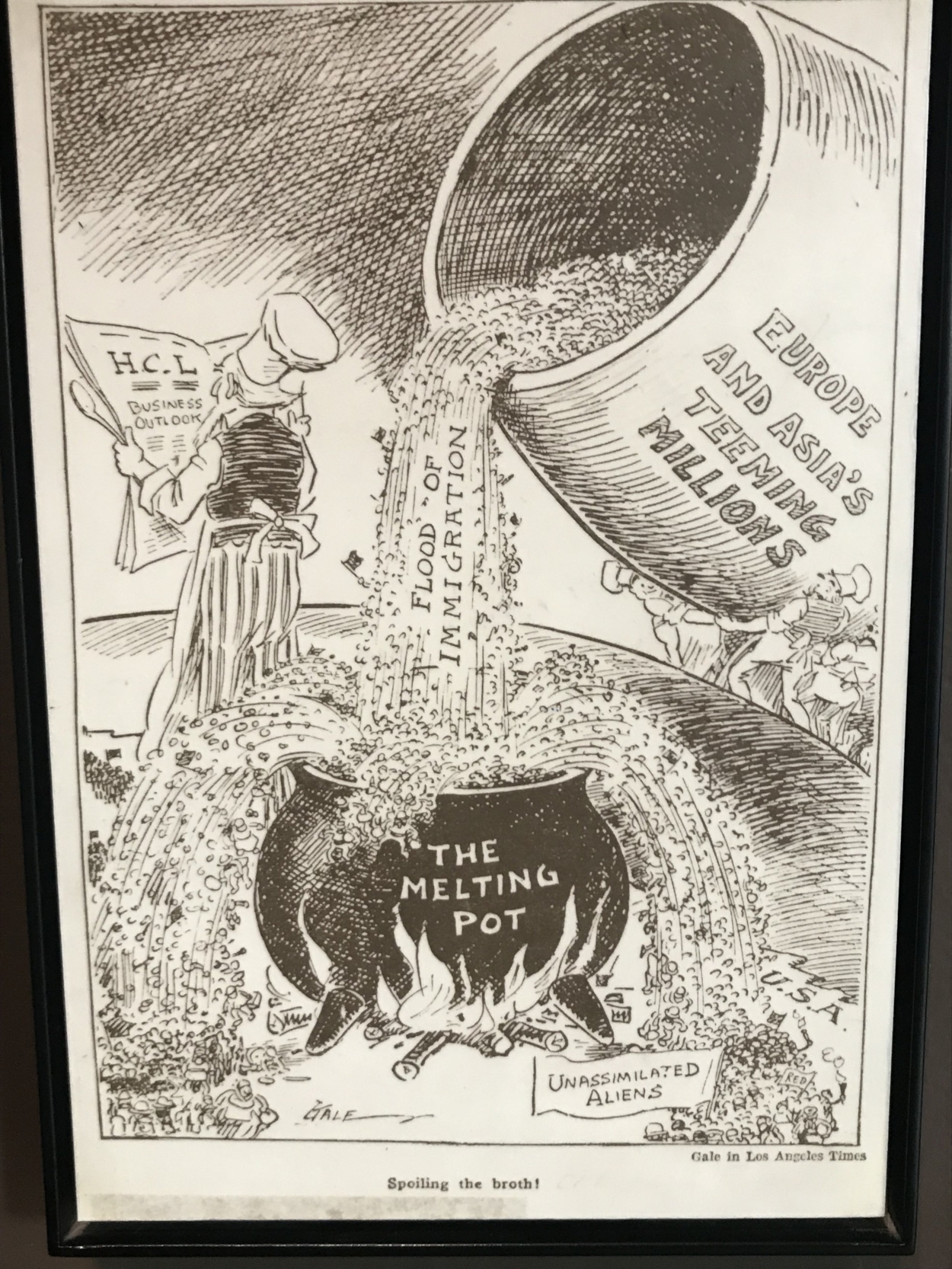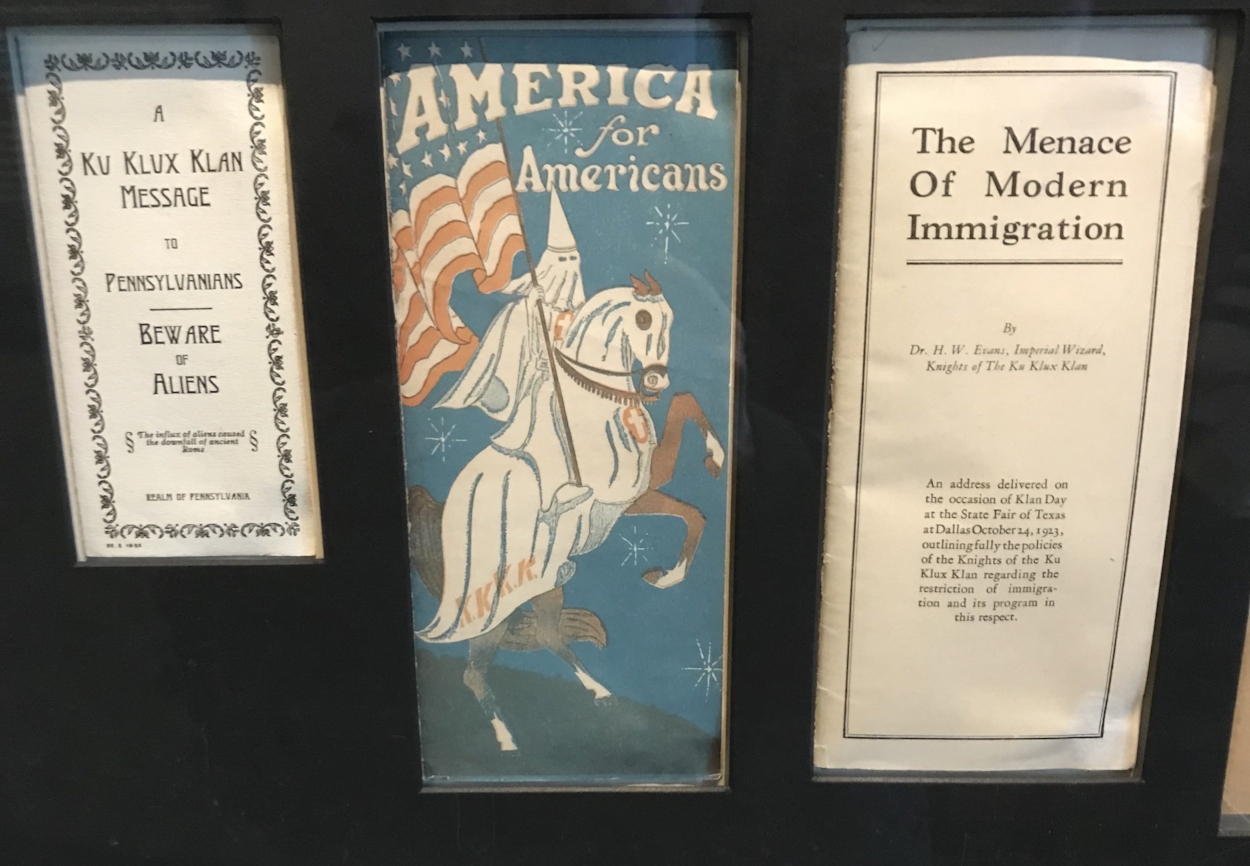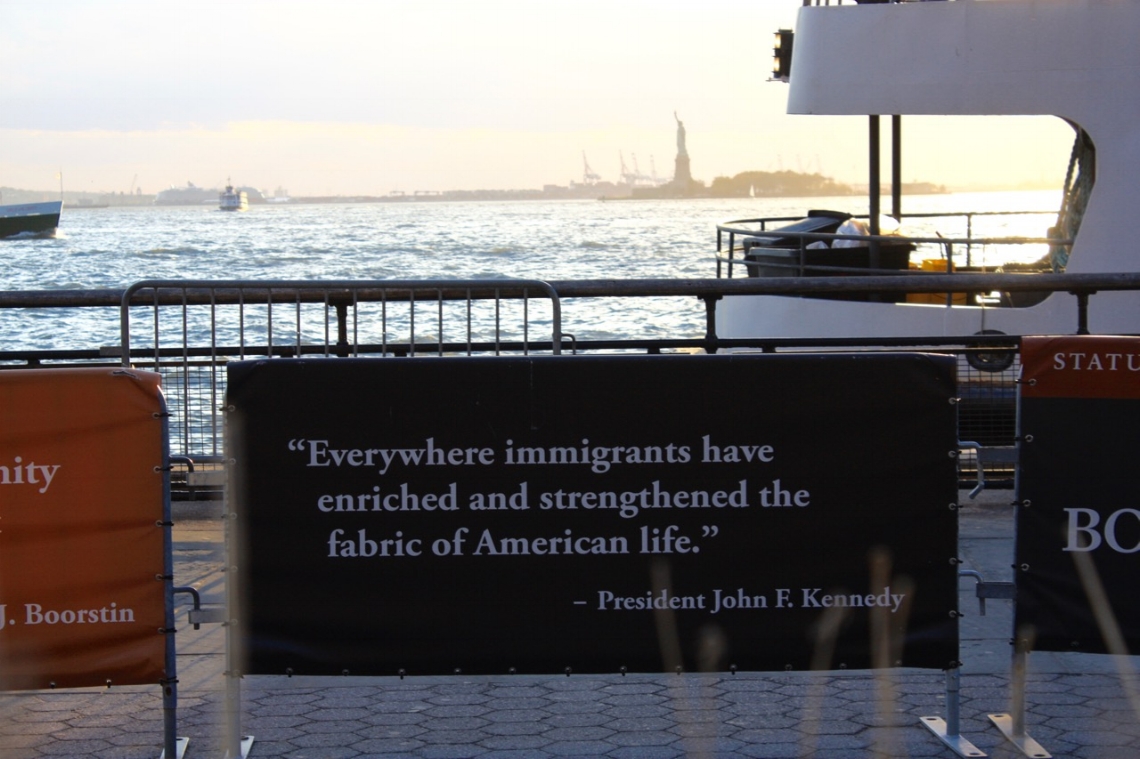Photo: Elaine C Arc
This week the world has lost a great musical artist. I'd like to pass along my experiences with Jessica Williams to help others appreciate her music. Passing along her music is a way to dispense more of the light she seemed to want shining in the world. I'll mention my experiences with Jessica as a listener, as a potential music business associate and as a person.
I first encountered Jessica Williams' music as a student DJ at KUMD radio, on the campus of the University of Minnesota Duluth. I don't remember whether it was recommended by an older DJ, or whether I found an early solo piano LP browsing the thousands of albums that graced the station library. I do remember that it made a strong impression on me, and that I played these songs on the air as often as possible, hearing stronger feedback about them than anything I recall playing on KUMD. I remember my college jazz ensemble director asking me after a radio show, who is Jessica Williams; why haven't I heard of her? "Why haven't I heard of her" seems like the perfect reaction to Jessica’s stunning musicality. In fact, one of her favorite stories was playing for the great jazz pianist Bill Evans and having him ask, "Where the hell did you come from?"
Jessica was from Baltimore, classically trained at the Peabody Conservatory of Music, and played with Miles Davis alum "Philly" Joe Jones, before moving west to the San Francisco area in 1977, and living out the balance of her life in the Pacific Northwest.
Over the years I passed along Jessica's music to musical friends who had not heard of her, like an unsolicited favor that was always well received. I became interested in re-releasing that first piano solo album of Jessica's, and had some delightful phone conversations with her. I learned that she was recording solo piano records at home on her own piano. She maintained her website, received the orders and brought CDs to the post office every day to ship them. She was very suspicious about others trying to make money off of her music, no doubt from decades of creating great music only to hand it off to businesspeople of questionable ethics.
I attended two of her solo piano concerts at the home of Seattle music supporter Richard Rodseth, to whom many of us are grateful for the chance to meet her, and hear her up close despite her declining health. She was very humble and willing to talk with other musicians about the challenges of playing improvised music on a high level, sharing remarks like "thinking is bad" and "sometimes I try too hard” along with priceless anecdotes about music legends like Rahsaan Roland Kirk.
Finally in 2017 I made a push to re-release that early solo piano album, which will remain nameless for reasons you will soon see. I tracked down the label owner from that 70s recording I found so brilliant. He proceeded to find the master tapes, and suggested I approach her about publishing royalties for her original songs on the album. To my surprise, besides having bad memories about her personal circumstances at the time of the recording, she didn't feel that it was up to her artistic standard. She didn't want it re-released despite her stretched finances. I wrote to the label owner and told him we wouldn't be able put out the record.
Interestingly, she did tell me about three out of print recordings that she did want see issued/reissued:
A recorded 1992 concert in Victoria, British Columbia with a 2 minute standing ovation from 2,000 people. This is apparently different from the 1996 "Victoria Concert" album on Jazz Focus records.
Her episode as featured guest on the legendary Marian McPartland's Piano Jazz show which can be heard here.
Organomic Music - with Eddie Henderson, et al. in San Francisco. She said they "really got into some spaces" for that 1981 recording. Here is one of the songs from this record.
Jessica Williams is my favorite solo jazz piano player. I’ll share just one of many favorite performances here for people to enjoy, a rendition of the jazz standard “They Say It’s Wonderful”:
Chorus 1 (from 0:00): plays the melody
Chorus 2 (from 1:21): beautiful arrangement on the melody
Chorus 3 (from 2:30): in full flight as an improviser with melody, depth and wit
Chorus 4 (from 3:34): variations on the melody with flights into octaves, winding back to earth with a gorgeous coda
Here is a fundraiser organized by a trusted friend of hers, to help her husband with expenses: https://gofund.me/33edbc81













